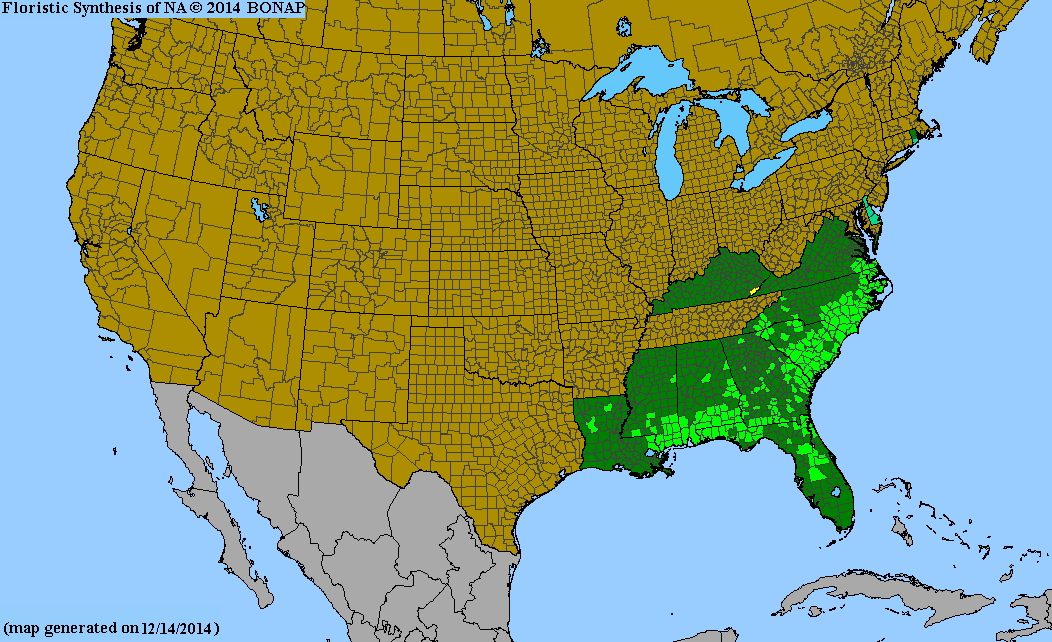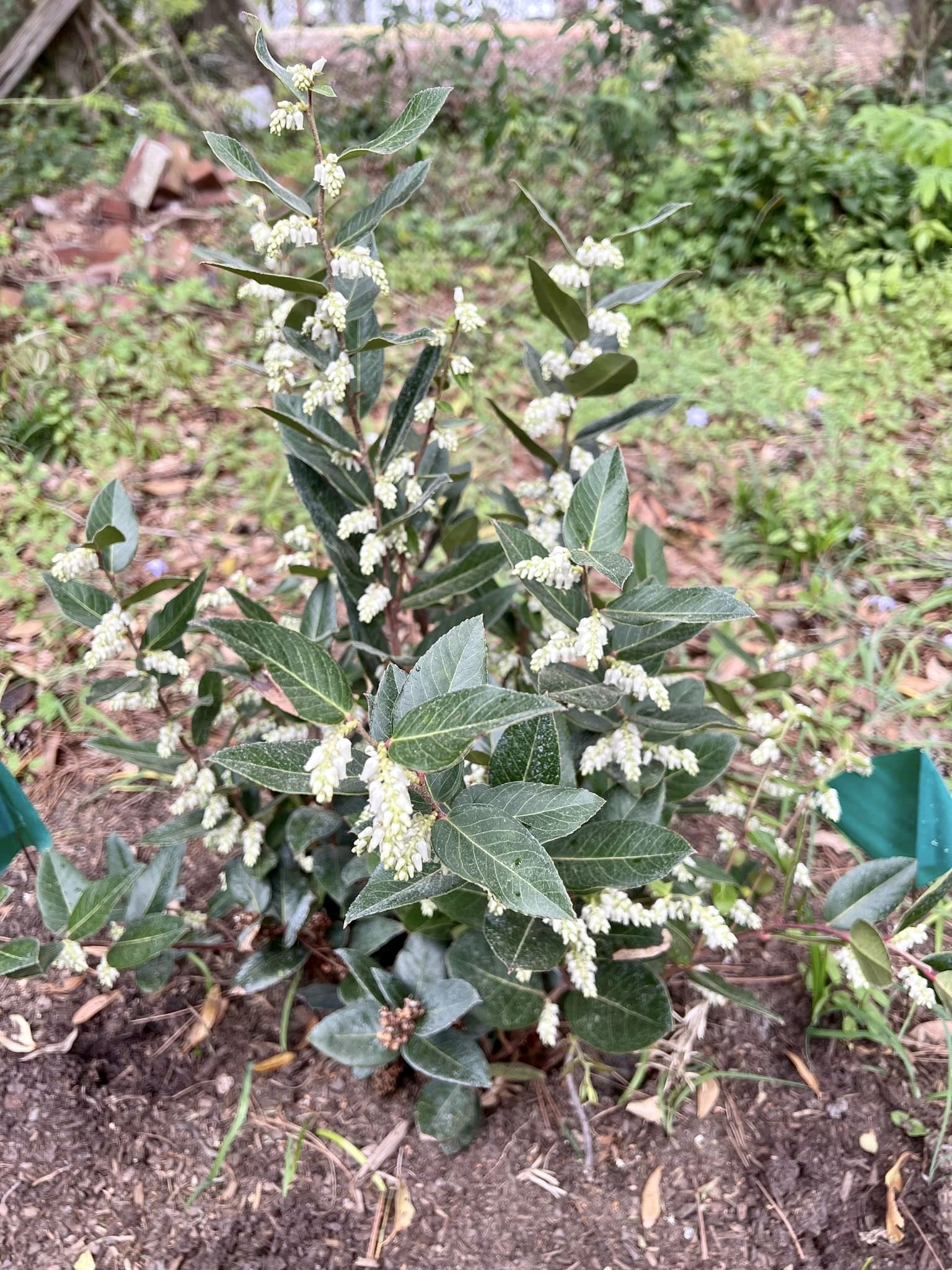Ericaceae
coastal dog hobble
Leucothoe axillaris
Synonyms
Leucothoe axillaris var. ambigens
Leucothoe platyphylla
Other Common Names
swamp doglaurel
Plant Type
Shrub (less than 10 ft)
Life Cycle
Perennial
Typical Size
2-4 ft. tall
3-5 ft. wide
Tolerant of
Deer, Occasional Flooding
Inolerant of
Dry Soil, Poorly Drained Soil, Direct Afternoon Sun
Propagation
By seed, By cutting
Plant Propagation Notes
Use hardwood cuttings and treat with rooting hormone. Propagation from seed is also possible. Seeds should be sown on moist peat.
Plant Planting Notes
Provide up to 5′ spacing.
Plants/Diseases
Root rot may occur in poorly drained soils. May exhibit leaf spot.
Wildlife Benefits
Nectar/pollen source for pollinating insects
Leaves
The glossy and leathery green leaves are simple and alternate. Leaf blades are oblanceolate with entire margins.
Flowers
White, sometimes with a pink blush, and bell-shaped.
Fruit
Capsules with 5 lobes.
Toxicity
Flowers and leaves are toxic if ingested.

USDA Hardiness Zones
5, 6, 7, 8, 9
Light Exposure
Part Sun/Shade, Full Shade
Soil Moisture
Moist
Soil Drainage
Well-drained
Soil pH
Acidic (less than 6.0)
Native in South Carolina?
Yes
Plant Native Habitat
Pocosins, blackwater swamp forests, and moist, acidic slopes.
Global Conservation Status (NatureServe)
Secure (G5)
Federal Conservation Status (USFWS)
Not Listed
Distribution Notes
Common in the Coastal Plain. Rare in the Piedmont.
Coastal dog hobble is a Southeastern Coastal Plain endemic.

